A masterpiece of Serbian medieval art
In a land where history breathes through the walls of ancient monasteries, where the past is not merely read but deeply felt, there exists an image that is not simply the product of brush and pigment — but a mystical gaze across the centuries, a portrait of the soul of both art and faith. The White Angel, a fresco from the Mileševa Monastery, is not merely a masterpiece of Serbian medieval art. It is a symbol of humanity’s yearning for goodness, light, and eternity. It stands as a testament that silence can speak, that an angel can gaze upon humankind through the ages, and that the heart of art can beat from within stone.
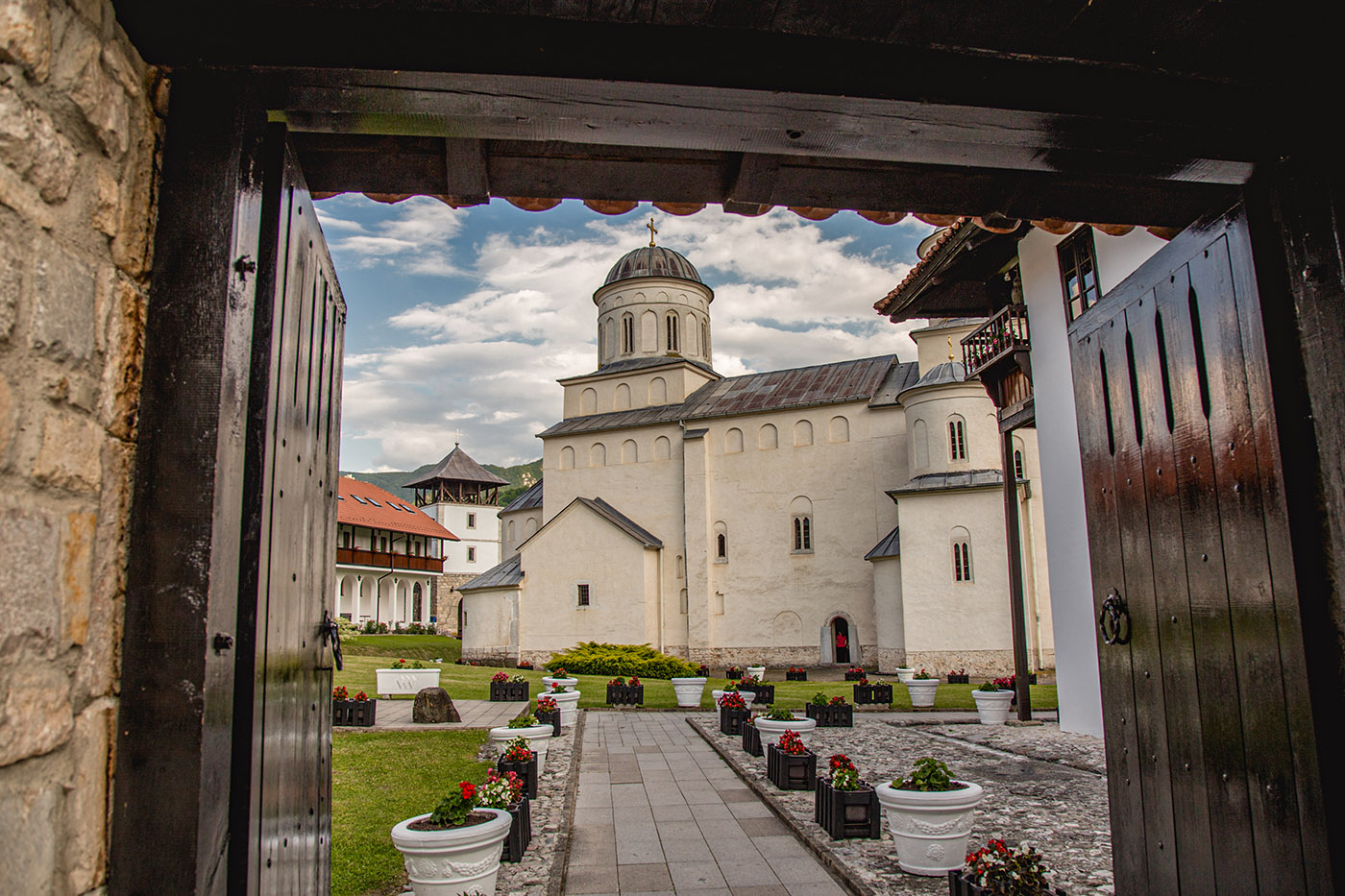
Where is “The White Angel” located?
The White Angel fresco is housed in the Mileševa Monastery, located in southwestern Serbia near the town of Prijepolje, nestled in the valley of the Mileševka River, surrounded by mountain ranges and greenery that only amplify the spiritual radiance of this sanctuary. The monastery was built around 1230 by King Vladislav, grandson of Stefan Nemanja, who brought the relics of his uncle — Saint Sava, the first Serbian archbishop — to rest here.
From Belgrade, the monastery is about a 4 to 5-hour drive through the enchanting landscapes of western Serbia, making the journey not only a pilgrimage to culture, but also a deep encounter with nature.
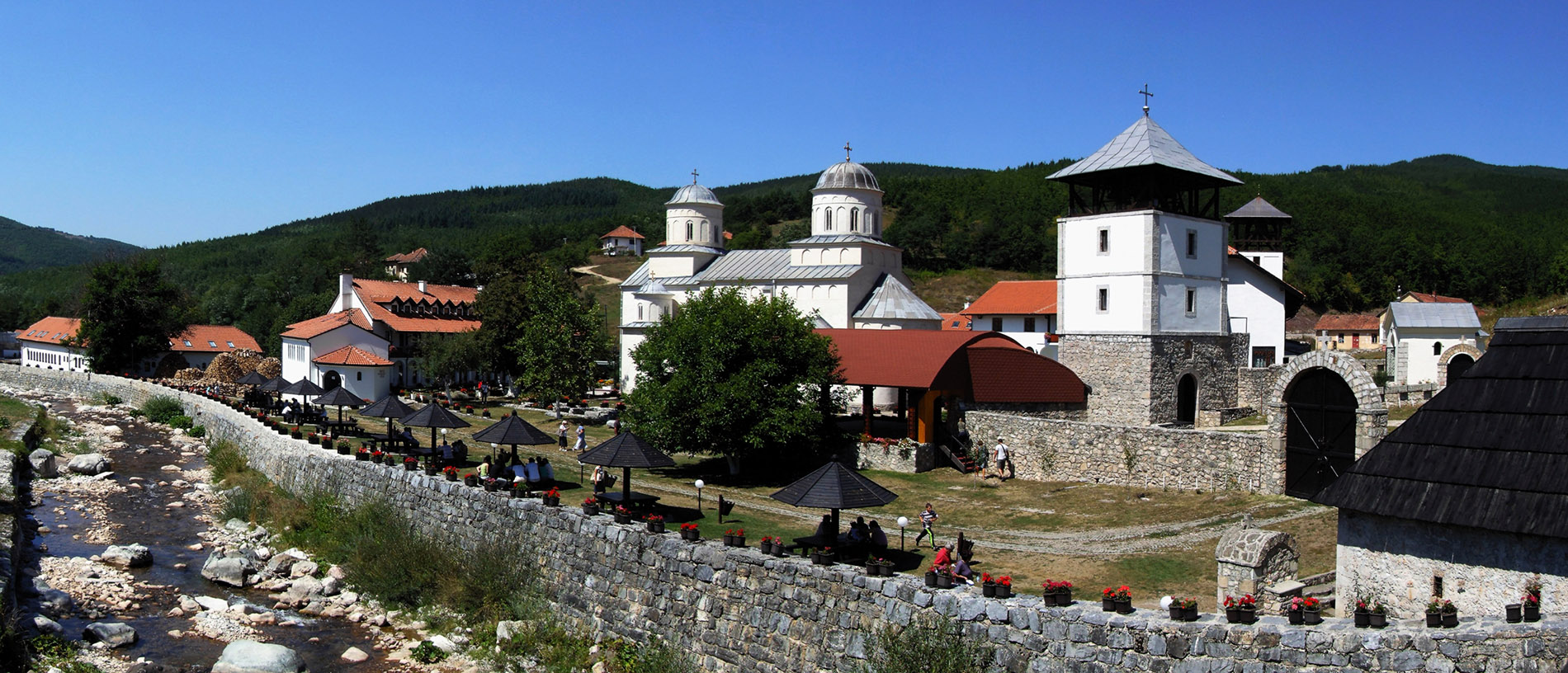
The fresco is located in the monastery’s burial chapel, as part of the scene The Myrrhbearers at the Tomb of Christ. It depicts an angel in white robes seated at Christ’s empty tomb, gently turned toward the woman standing to the right. With an outstretched hand, he points to the empty sarcophagus, delivering the message: “He is not here; He is risen.”
This is not merely a biblical scene — it is an image of peace, strength, and hope. The angel is more than a celestial being — he is the message itself, the bridge between death and life, between earth and heaven. His calm gaze, harmonious form, and white robe render him a symbol of eternal light in a world of shadows.
What sets this fresco apart is its exceptional artistic value — the figure is proportionate, the movements soft and precise, with a balance of colors and lines reflecting the zenith of Byzantine art in the early 13th century. It is a work that transcends time, styles, and borders.
The Angel Bearing Witness to the Resurrection
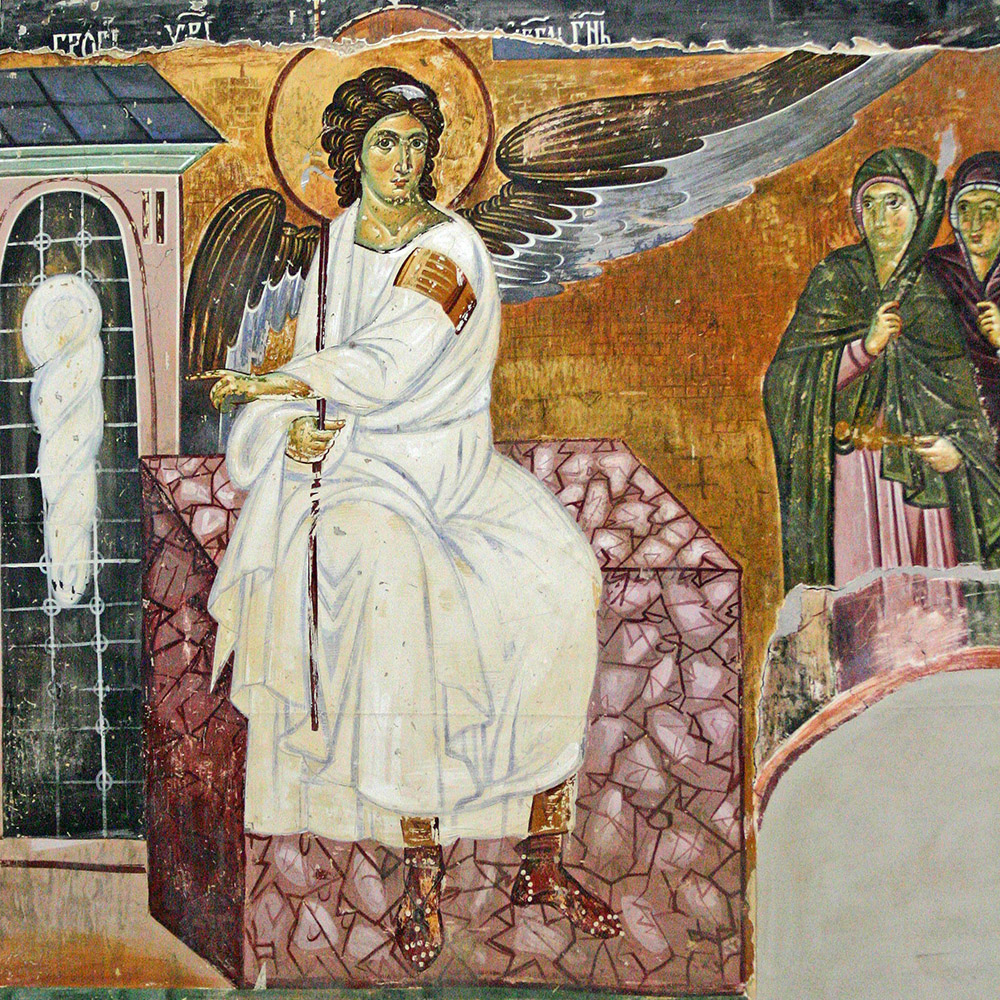
The White Angel – The Mileševa Monastery
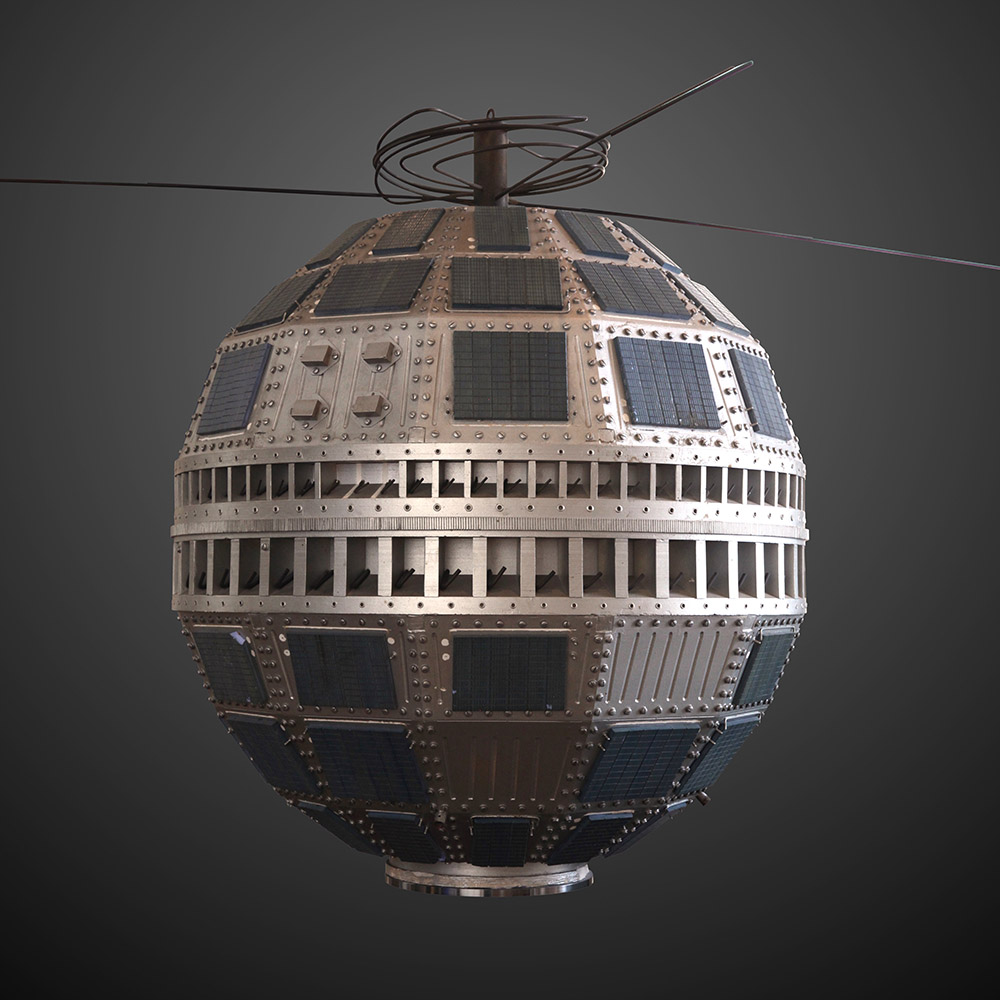
Satelite Telstar
The Fresco’s Journey Through the Sky — A Symbol of Humanity in the First Satellite Broadcast
Though created in the quietude of the Serbian Mileševa Monastery in the 13th century, the White Angel fresco experienced a unique flight through history and technology. A reproduction of the image was included in the first official satellite broadcast of a television signal between two continents — Europe and North America — on July 23, 1962, via the Telstar satellite.
That broadcast, a symbolic step toward global connection, featured cultural and artistic content representing the values of humanity. Among them appeared the image of the White Angel, a silent voice of spirituality, peace, and beauty, traveling through the ether and encompassing the globe.
Though it never physically entered space, the image illuminated the space between continents, becoming the first Serbian artwork to participate in a global technological milestone. In that transmission, the angel became a messenger of humanity — a symbol of universal values, equality in the face of beauty, and the sublime spirit.
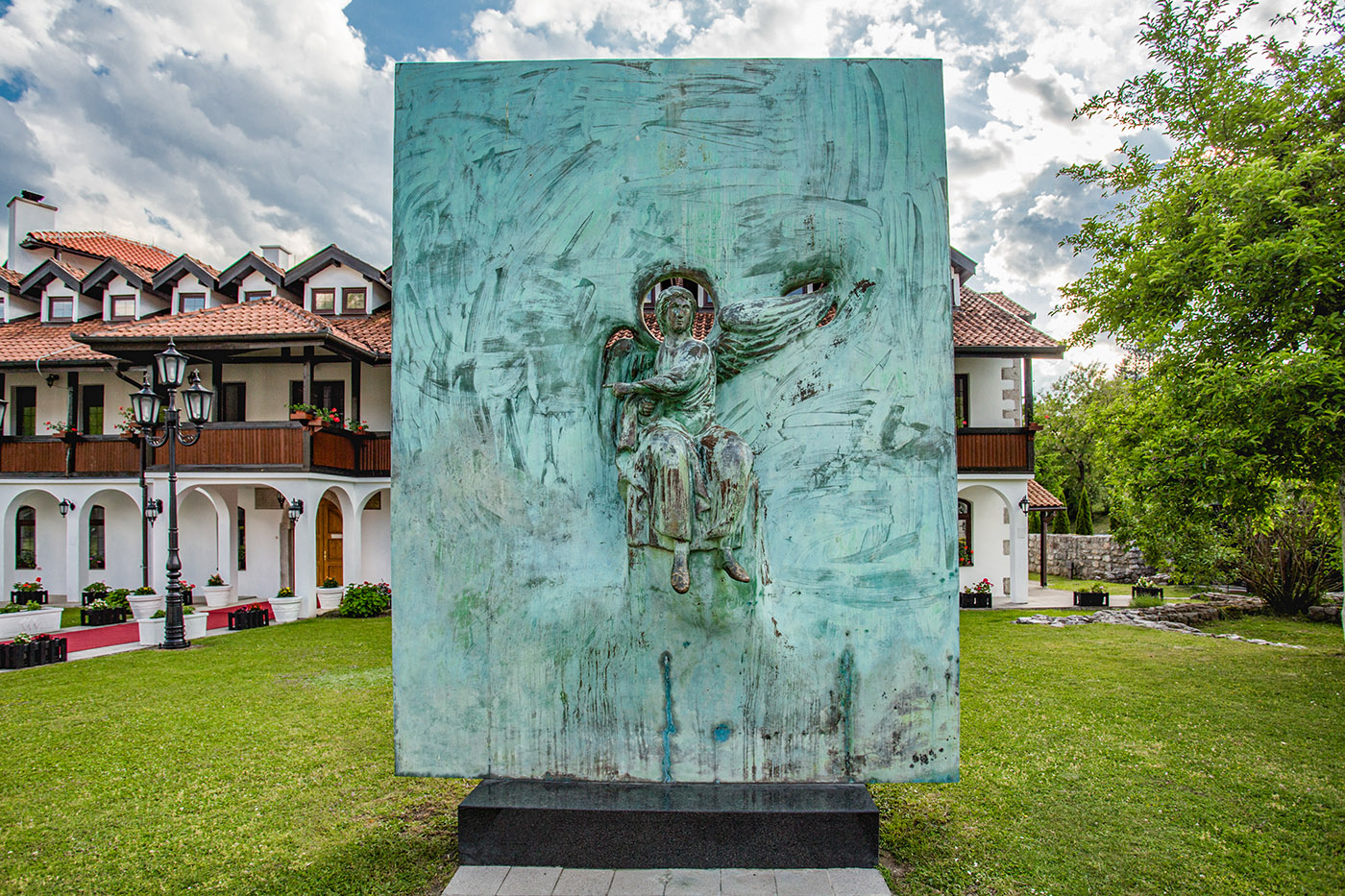
The White Angel is not only a masterpiece of Byzantine painting, but also a cultural emblem of Serbia. It represents the pinnacle of Serbian medieval aesthetics and spirituality, and one of the most representative works of European art of that era. Artistically, the fresco testifies to the rich culture and refined painting tradition in Serbian monasteries of the time, where Eastern spirituality and Western artistic precision met and intertwined.
Spiritually, this image is more than an angel on a wall — it is a guardian of light, a symbol of hope, and an expression of silence that speaks louder than words. For many, visiting Mileševa is a pilgrimage to beauty and peace, an encounter with one’s inner voice, and a moment where time stands still.
Cultural and Spiritual Significance
Mileševa Monastery — A Frame for an Eternal Work
Mileševa Monastery is not merely the home of The White Angel — it is itself a jewel of Serbian medieval architecture and spirituality. Alongside many other frescoes and the relics of Saint Sava, which rested here for centuries, Mileševa has long been a center of literacy, spirituality, and national identity.
Today, the monastery welcomes visitors year-round, and beyond its spiritual dimension, offers the chance to enjoy a stunning natural setting. The silence that envelops the monastery seems to whisper the very words the angel points to — words of life.
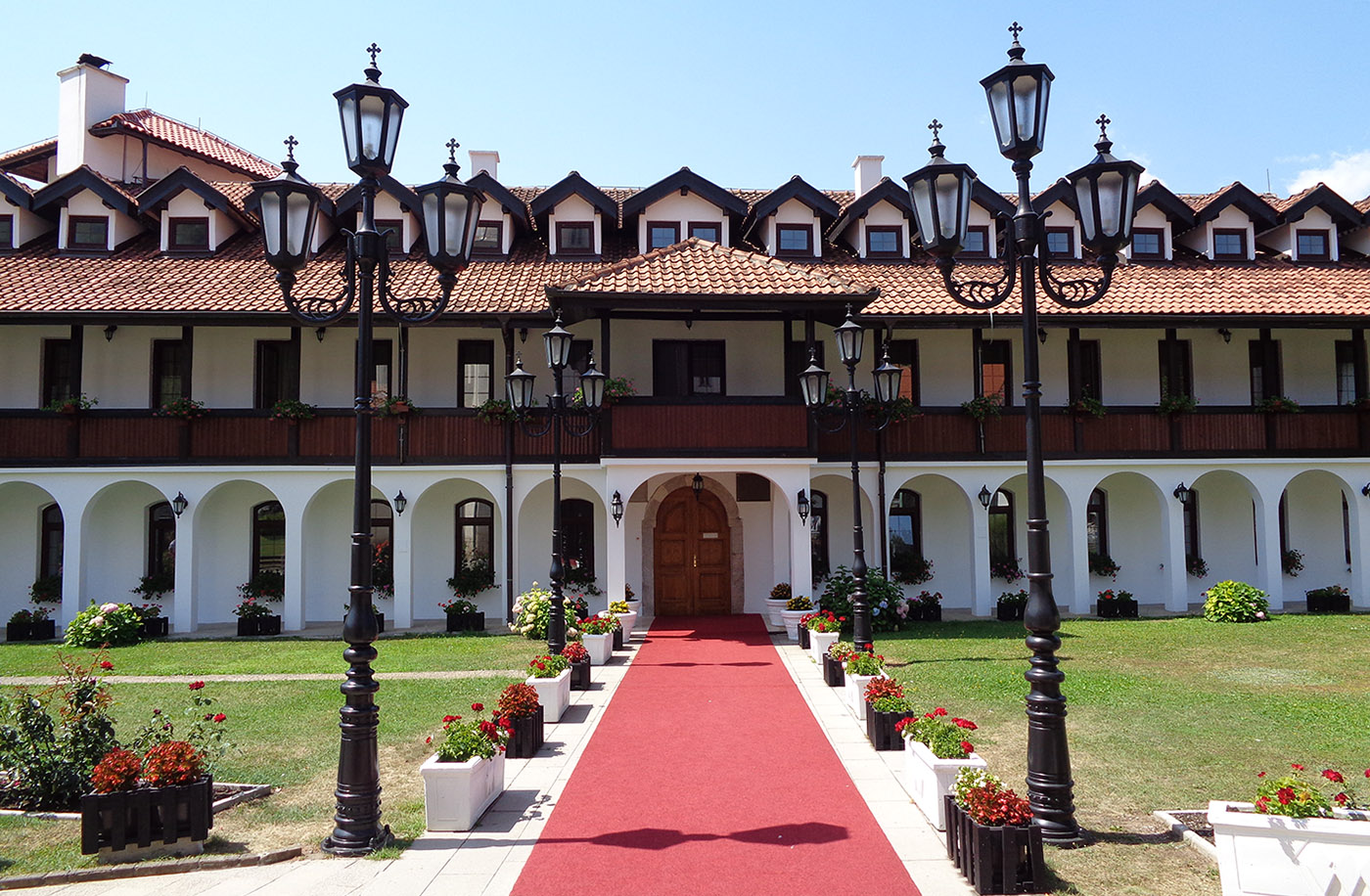
If there is one place in Serbia where art, faith, and the cosmos converge in a single gaze — it is the White Angel fresco. It is not merely a painting on a wall — it is an experience, a touch of eternity, a gaze that lingers with you even when you close your eyes.
The road to Mileševa is not only a physical one. It is a journey into silence, serenity, and beauty that never fades. It is a path upon which the angel looks at you — and gently reminds you that light exists. Always.
An Invitation to the Journey — Look the Angel in the Eyes
AI-assisted translation


